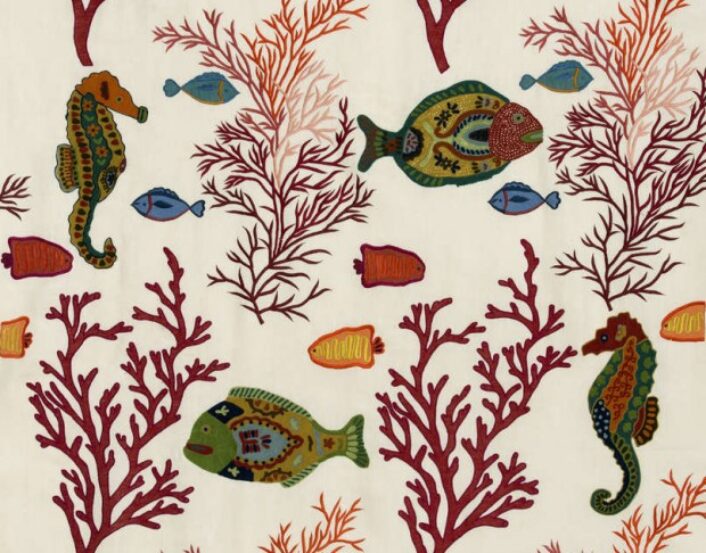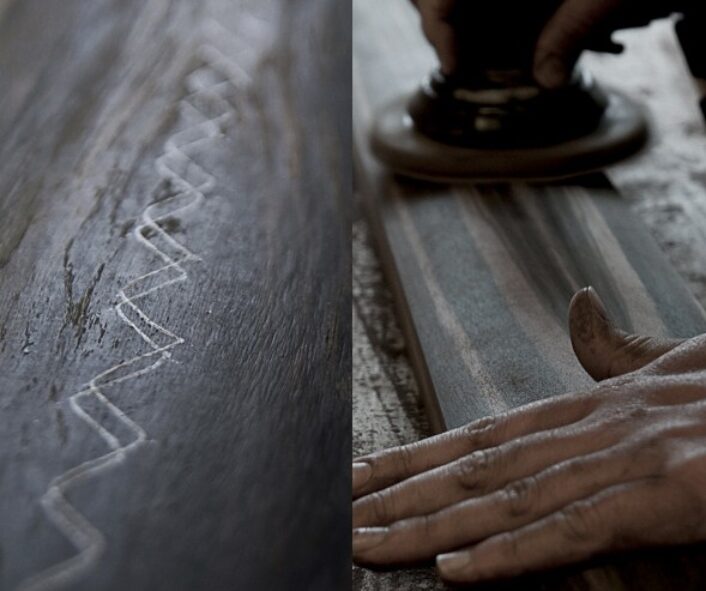Design
Pierre Yovanovitch Mobilier
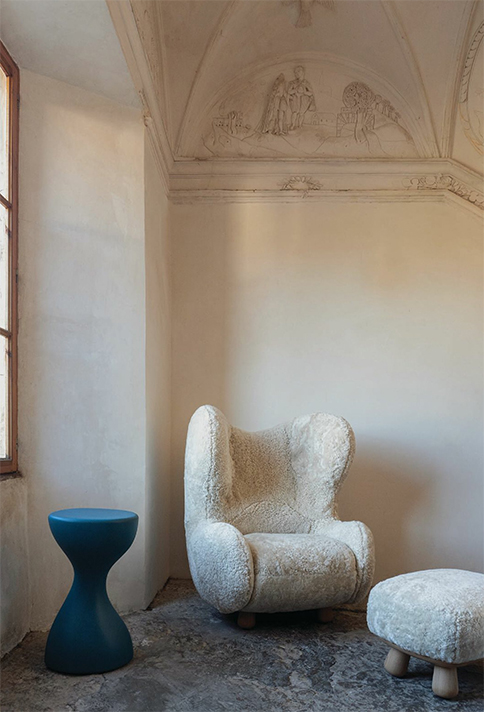
Clifford armchair and ottoman, upholstered in sheepskin. Tipsy side table is made from tinted acrylic resin, made to look like a bottle.
Image courtesy of: Boston Common, photographed by: Giulio Ghiradi
For the past two decades, Pierre Yovanovitch has been making headlines with his beautiful interiors. The Parisian architect and interior designer has been designing custom pieces for years; however it was just recently that he launched his first “full-on” collection.
Pierre Yovanovith Mobilier debuted a 45-piece furniture and lighting brand to coincide with Yovanovitch’s first showroom. In addition, this spring saw the designer’s installation at the Academy d’Architecture building inside Paris’ Place des Vosges.
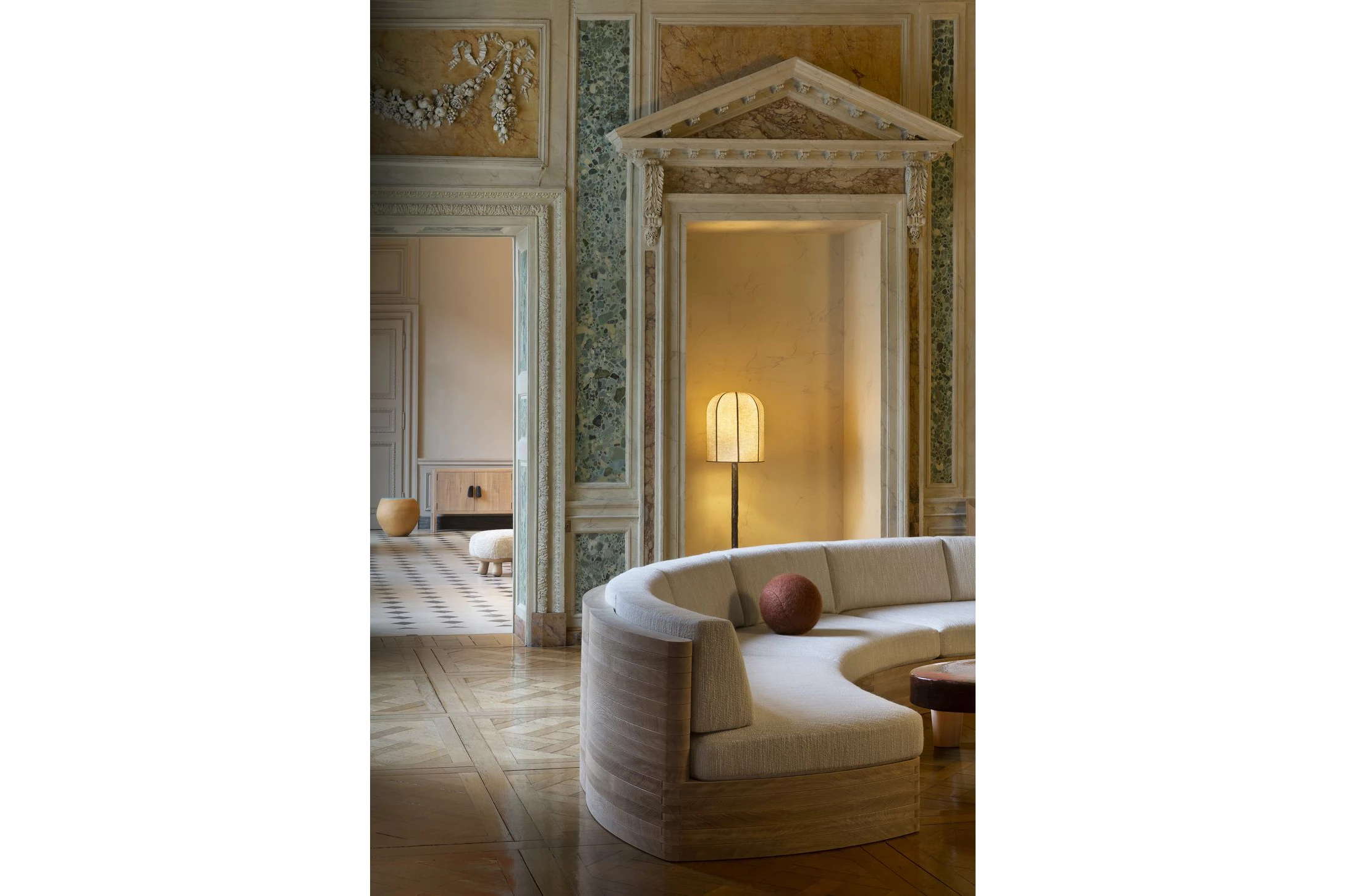
From Mobilier…
Image courtesy of: Sixty Six Mag
Yovanovich began his career working as a menswear designer at Pierre Cardin; in 2001, the designer opened his own interior design/architecture firm. The designer is a firm believer in French style; an advocate for the elegant aesthetic, some have described Yovanovich as an “ambassador” for French modus operandi.
Courtesy of Modern Luxury, Yovanovich has said about looking to Provence for design cues, “Having grown up in the region, and with my current home there, I find inspiration in the surround nature daily. The sunlight, with the region’s epic sunsets, the season variations in nature’s textures, from the deep colors and dense materiality of the forest to the fragrant, bright, sensory explosion of the lavender bloom of Plateau de Valensole. There is this dichotomy of beauty and fortitude- which sometime can even border on hostility- with the nature of Provence that I find inspiring. It’s all in my DNA.”

Château de Fabrègues is Yovanovitch’s home in Provence.
Image courtesy of: Design Miami, photographed by: Jérôme Galland
The inaugural collection included seating, tables, and accessories that are made from solid wood, patinated metal, and specialty blown glass. The brand beautifully combines Yovanovitch’s made-to-measure approach with artisan craftsmanship in an effort to offer luxury lighting and furniture to the public. The atelier typically works with specific artisans in Switzerland and France who have continued to employ traditional crafting techniques.
In conjunction with the designer’s background, Yovanovitch likes to use Provence’s (courtesy of Pierre Yovanovitch), “natural light, rich and varied natural materials and colorways of the surrounding nature, as well as the historic commitment to craft associated with the region.”
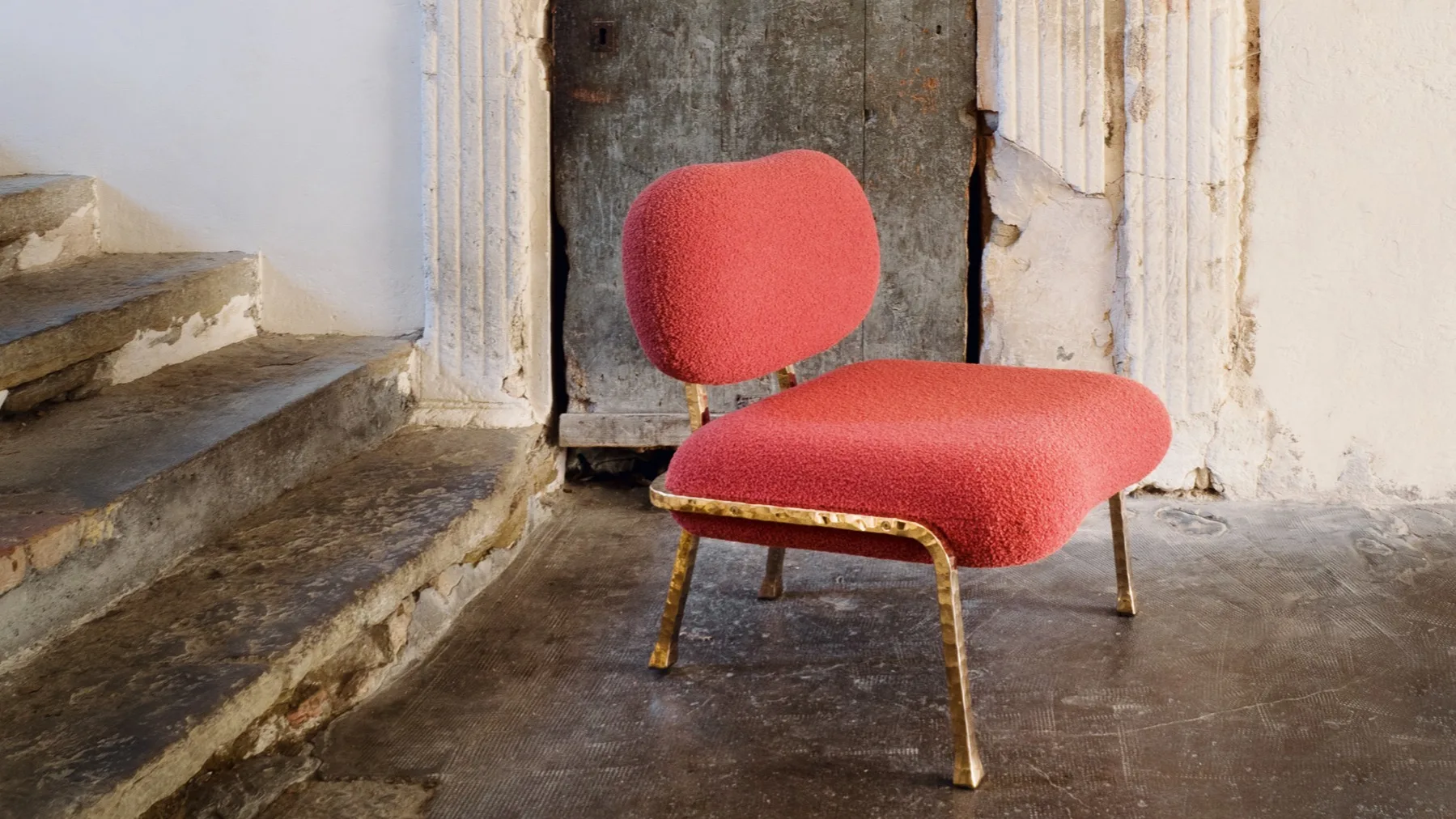
Brass and fabric Hopper armchair.
Image courtesy of: Financial Times, photographed by: Giulio Ghiradi
Lucky for us that Yovanovitch realized that he needed to design his own collection because he could not find what he was looking for. Cédric Morisset heads the curated collection which combined the aspects Yovanovitch holds dear. A lover of furniture, it is Morisset’s admiration of 20th-century modernism and the designer’s creativity that is at the forefront of the 45-piece collection now sold exclusively at the Paris showroom and a new showroom in New York City.
The materials Yovanovitch selects highlight both line and proportion, while referencing the craftsmanship behind stunning construction. He says (courtesy of Financial Times), “Design has to be beautiful but also comfortable, and that is why I focus on shape. I design furniture almost like a family – they have human characteristics, so you will see small details like heels on the feet of chairs. I want the pieces to connect on a human level.”
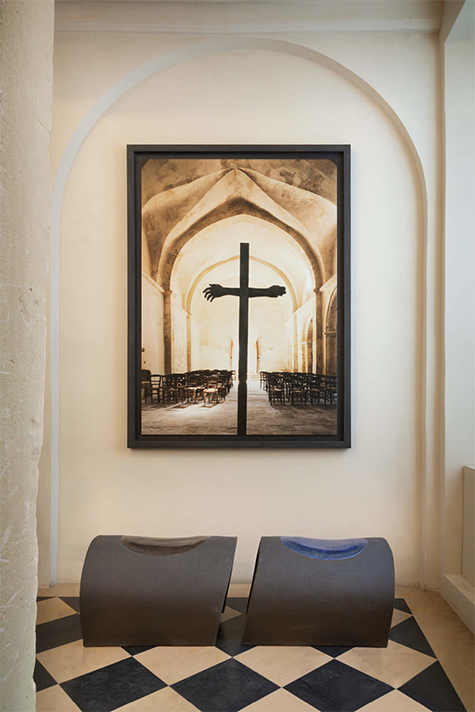
Johnny Guitar Double Bench.
Image courtesy of: Pierre Yovonovitch
Perhaps most important to Yovanovitch is to produce items that last a lifetime. Along the same lines is the importance of sustainability, specifically around the use of raw materials that are sourced from natural sources. Those materials are always procured with measurable consideration of their footprint. The mastermind says it best (courtesy of his website), “For each of our materials, I want to feel the hand of the craftsman, I need the work to be a reflection of their artisanry and know-how. This is what gives personality to an object or a space.”
